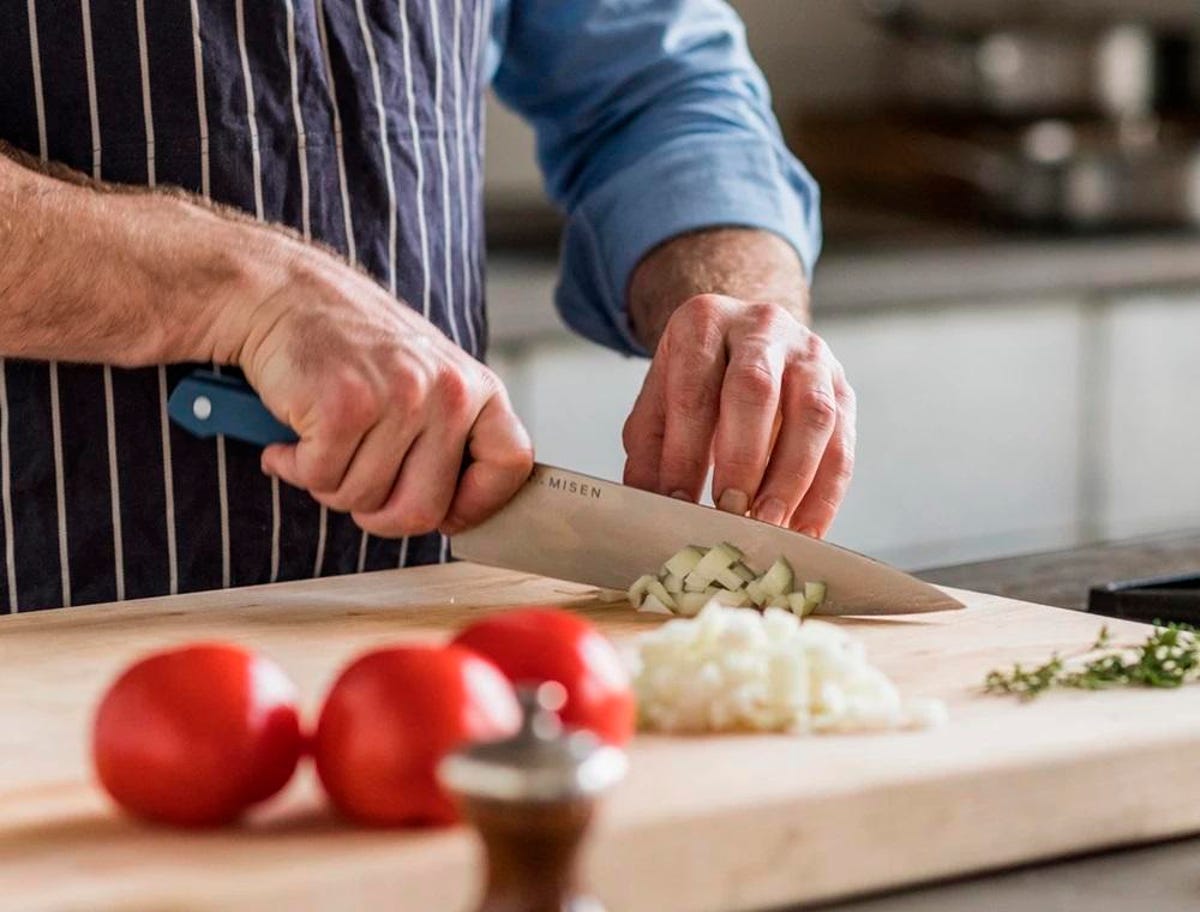Whether youre a seasoned chef or just starting your culinary journey, grasping the differences between a Santoku knife and a Chef knife is indispensable. These knives are essential tools in the kitchen, each boasting unique benefits for various cutting techniques. So when should you opt for one over the other? This guide will break it down for you, ensuring you make the best choices in your cooking endeavors.

Understanding the Santoku Knife
Originating from Japan, the term Santoku means 'three virtues,' which refers to its impressive versatility in slicing, dicing, and mincing. This knife features a compact and lightweight design, complemented by a flat edge and a sheepsfoot blade. Its particularly effective for precision tasks, earning its place in contemporary kitchens, especially for prepping vegetables, fruits, and boneless meats. If your tasks require accuracy, like finely slicing cucumbers or dicing onions, the Santoku knife is your best friend. Its smaller size makes it a comfortable choice for individuals with smaller hands.
Discovering the Chef Knife
The Chef knife, also called a French knife, is a mainstay in Western kitchens. With a broader, longer bladetypically ranging from 8 to 12 inchesthis knife is designed for versatility. The curved edge allows for a rocking motion, making it highly effective for chopping, slicing, and tackling hefty tasks like breaking through tough roots or vegetables. The Chef knife shines when speed and strength are necessary, particularly for bulk work. Whether you're breaking down a whole chicken, slicing thick-skinned squash, or chopping large amounts of herbs, this knife is your reliable partner.
Key Comparisons: Santoku vs. Chef Knife
Handling and Comfort
The design of each knife plays a crucial role in how they feel in your hand. The Santoku knife is lightweight and features a straight edge, making it comfortable for smaller, delicate tasks. In contrast, the Chef knife provides more power and adaptability for handling larger ingredients.
Cutting Techniques
Choose a Santoku knife when you need precision cuts or delicate slicesthink sushi or salads. The Chef knife, however, is perfect for those energetic rocking motions and versatile cuts when you require speed and strength.
Best for Specific Ingredients
For tasks involving boneless cuts, softer vegetables, or intricate garnishes, the Santoku knife is invaluable. Conversely, if youre tackling tougher meats, hard vegetables like pumpkins, or slicing bread, the Chef knife has the edge.
Maintaining Your Kitchen Knives
Proper care is crucial whether you're wielding a Santoku or a Chef knife. Maintaining your knives enhances longevity and sharpness. Always wash your knives promptly after use with mild soap and warm water; avoid using dishwashers as they can damage the blade.
- Master how to sharpen your knives for optimal performance.
- Store knives in a magnetic strip or knife block to preserve the cutting edge.
- Follow best practices for cleaning knives to ensure their longevity.
- For a comprehensive guide on cleaning, visit WikiHow.
FAQs
Can I use a Santoku knife for everything?
While the Santoku knife is versatile, it's not the best choice for heavy-duty tasks or those needing a rocking motion, as its flat edge isn't designed for that.
Which knife is better for beginners?
Both knives serve distinct purposes, but the lightweight design of the Santoku knife can make it a less intimidating choice for novices.
How often should I sharpen these knives?
This depends on how frequently you cook, but it's generally a good idea to sharpen every 2-3 months, alongside regular honing to keep the edges aligned.

Conclusion
Choosing between a Santoku knife and a Chef knife primarily hinges on your cooking style, specific tasks, and personal comfort. By familiarizing yourself with their unique features and appropriate applications, you'll gain the confidence to elevate your culinary skills to new heights.
This article contains affiliate links. We may earn a commission at no extra cost to you.


























